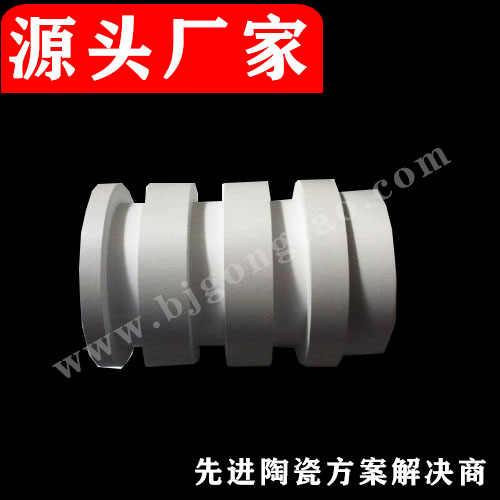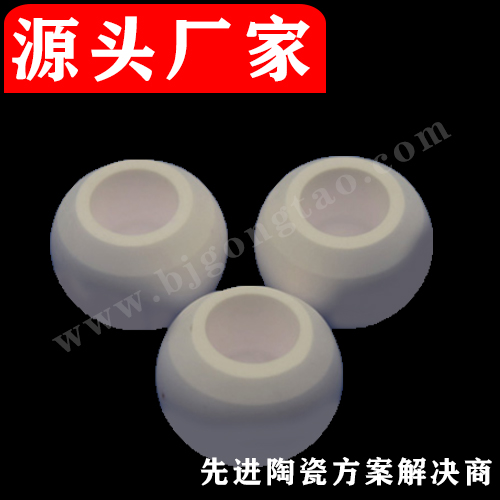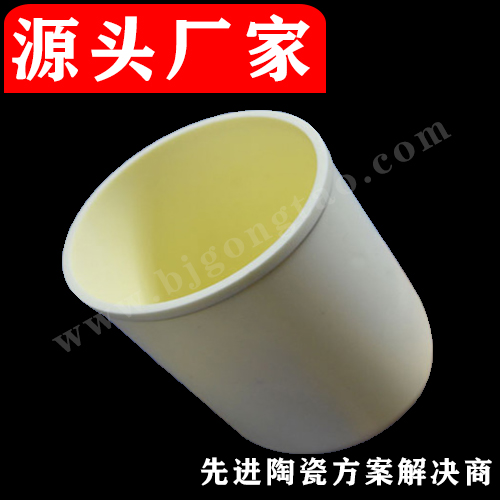
Suzhou Kaifa New Material Technology Co., Ltd.
Email:heqing@szkfxc.com
Email:sales@szbknm.com
Email:bkxc.bonnie@gmail.com
Types of special ceramics
Special ceramics were developed in the twentieth century. With the promotion and cultivation of modern production and science and technology, they "bred" very fast. Especially in the past two or three decades, new varieties have appeared endlessly, which is dazzling. Divided according to chemical composition:
① Oxide ceramics: alumina, zirconia, magnesia, calcium oxide, beryllium oxide, zinc oxide, yttrium oxide, titanium oxide, thorium oxide, uranium oxide, etc.
②Nitride ceramics: silicon nitride, aluminum nitride, boron nitride, uranium nitride, etc.
③ Carbide ceramics: silicon carbide, boron carbide, uranium carbide, etc.
④ Boride ceramics: zirconium boride, lanthanum boride, etc.
⑤ Silicide ceramic: molybdenum silicide, etc.
⑥ Fluoride ceramics: magnesium fluoride, calcium fluoride, lanthanum fluoride, etc.
Sulfide ceramics: zinc sulfide, cerium sulfide, etc. There are arsenide ceramics, selenide ceramics, telluride ceramics and the like.
In addition to single-phase ceramics composed primarily of one compound, there are also composite ceramics composed of two or more compounds. For example, magnesia-alumina spinel ceramics composed of alumina and magnesium oxide, silicon-aluminum oxynitride ceramics composed of silicon nitride and alumina, and chromium oxide, lanthanum oxide, and calcium oxide combined Lanthanum chromate ceramics, lead lanthanum zirconate titanate (PLZT) ceramics made of zirconium oxide, titanium oxide, lead oxide, lanthanum oxide and so on. In addition, there is a large class of cermets produced by adding metals to ceramics, such as oxide-based cermets, carbide-based cermets, boride-based cermets, etc., which are also important varieties in modern ceramics. In recent years, in order to improve the brittleness of ceramics, metal fibers and inorganic fibers have been added to the ceramic matrix. This fiber-reinforced ceramic composite is the youngest but most promising branch of the ceramic family.
For the convenience of production, research, and study, people sometimes do not follow the chemical composition, but according to the properties of ceramics, they are divided into high-strength ceramics, high-temperature ceramics, high-toughness ceramics, ferroelectric ceramics, piezoelectric ceramics, electrolyte ceramics, semiconductor Ceramics, dielectric ceramics, optical ceramics (ie transparent ceramics), magnetic ceramics, acid-resistant ceramics and bioceramics, etc.
With the development of science and technology, one can expect that modern ceramics will develop faster and produce more new varieties.





